Fix Laggy Android Devices: 5 Common Causes & Solutions
No matter where your loyalties lie, we all hate lag on devices with a vengeance. Gamers despise it because it interrupts their fights and attacks, developers hate it because it cuts off their line of thought and everyone else hates it because they may need to reboot the device to get things back up to speed.
Android devices are regular victims of unspeakable lag although some may argue that it is most likely the user who is causing their device to lag. Arguments aside, why do Android devices stop performing at top condition after a period of use? We’re not settling for, "hey, it happens." In fact, here we listed 5 causes to a lagging experience on the Android and how you can counter them with the help of apps.
10 Essential Tips To Increase Android’s Performance
As with any other desktop or mobile operating system, the performance of your Android OS will start to... Read more
Important! As always, please make sure you do a full Android backup before applying any of the steps.
1. Identify resource-hungry apps
Probable cause:
Having resource-hungry apps running in the background can really cause a huge drop in battery life. Live widget feeds, background syncs and push notifications can cause your device to wake up suddenly or at times cause noticeable lag in the running of applications.
Sometimes, you’re not even sure what is causing the lag.
Solution:
To find out which app is causing the problem, try using Wakelock Detector.
After getting the app, charge your device for up to 90% battery life, unplug your charging cable and leave your device for around 1-2 hours for it to start accumulating wakelog usage statistic.
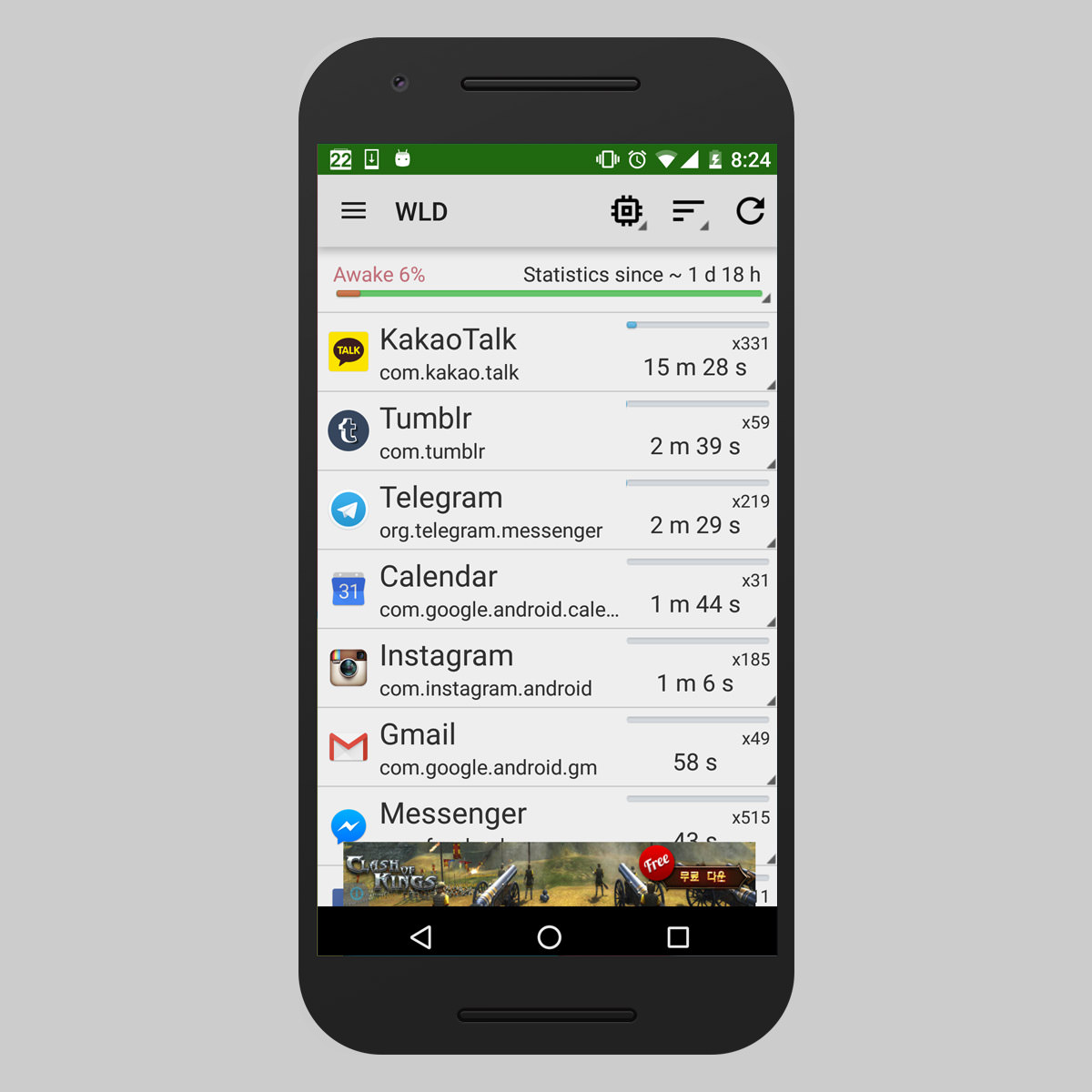
When you open Wakelock Detector, you can see the statistics of all your running apps. The app at the top of the list is the highest battery-draining app.
For more, go to More > Settings > tick on Advanced Mode to display System Processes. When you’ve found the problem, decide on whether you really need the app or not. If it is the latter, go to #2.
2. Put apps to sleep
Probable cause:
If you have a ton of apps that is causing a performance dip on your Android device, you have the option to disable or freeze the app.
In some cases, some apps offer the ‘disable’ option for certain features but disabling the features will make the app not function properly. When it comes to freezing the app, that is about as close to an uninstallation already. And that won’t sit well with the apps that we will occasionally want to use.
There is a third option.
Solution:
You can put apps into hibernation. Hibernated apps will wake up and perform as normal when you tap on the app to initiate it. To do this, try Greenify
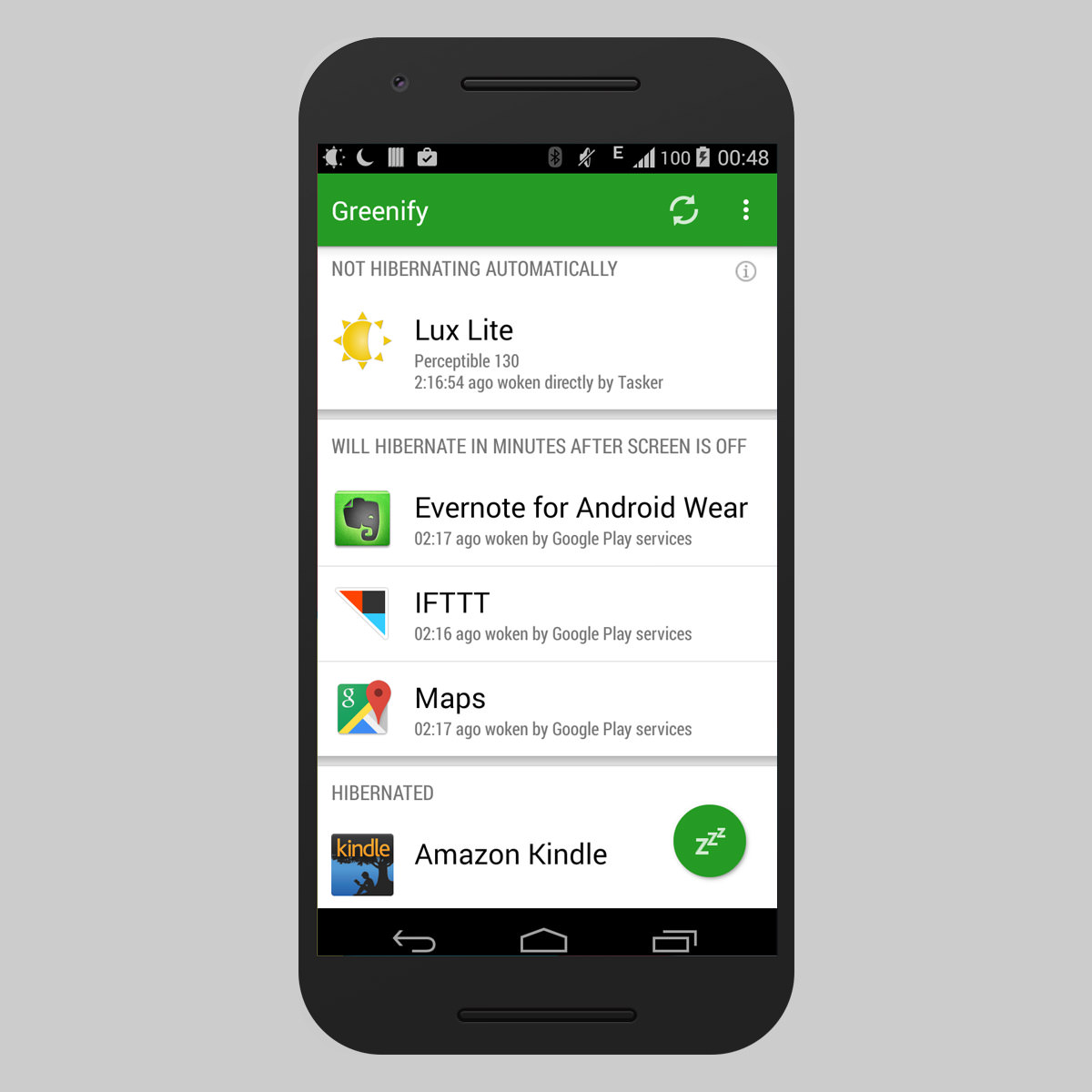
Once you have the app, press the ‘+’ button and you will be led to the App Analyzer page. The apps listed in ‘Running in background’ and ‘May slow down the device when…’ are the apps that are consuming your battery and causing your device to lag. Touch the apps to highlight those that you wish to put to sleep, and select Accept at the top right to put them in hibernation.
3. Keep your memory storage clean
Probable cause:
Some devices suffer from a low-memory issue and most perform poorly once they hit around 80% of their device storage capacity. If your device are showing signs of lag, it may be time to do some spring cleaning.
To add to that, files you have deleted can still be recovered until you create blank files to replace them in your device.
Solution:
Forever Gone is an app that will help clean your storage and lets you fill in your remaining storage with .blank files, removing them during the cleaning session.
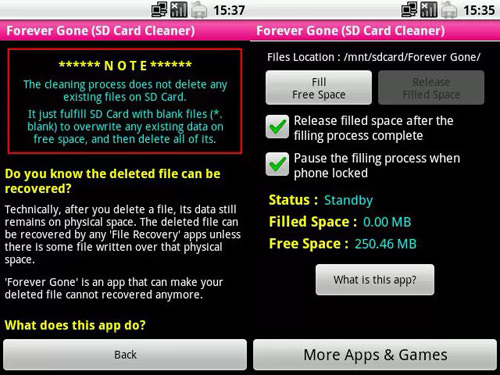
Before you begin, have the check box ticked for ‘Release filled space after the filling process complete’ and ‘Pause the filling process when phone locked’. By pressing on ‘Fill Free Space’ you will start the process.
Warning: Do read Forever Gone’s app description and understand that this app might not work properly on some devices as there are some devices which cannot handle the tasks required.
4. Maintain constant system feedback
Probable cause:
The Memory controller is part of a system hardware that receives feedback about the availability of storage blocks. The info is then forwarded to the Android system. This usually happens immediately, but sometimes you might experience ‘lag’ when the memory controller does not receive feedback. This leads to a system slowdown, until it gets an answer to pass on to the system.
Solution #1:
To remove this lag, first check your device I/O activity with Cool Tool – System Stats to see if it is running low or high.
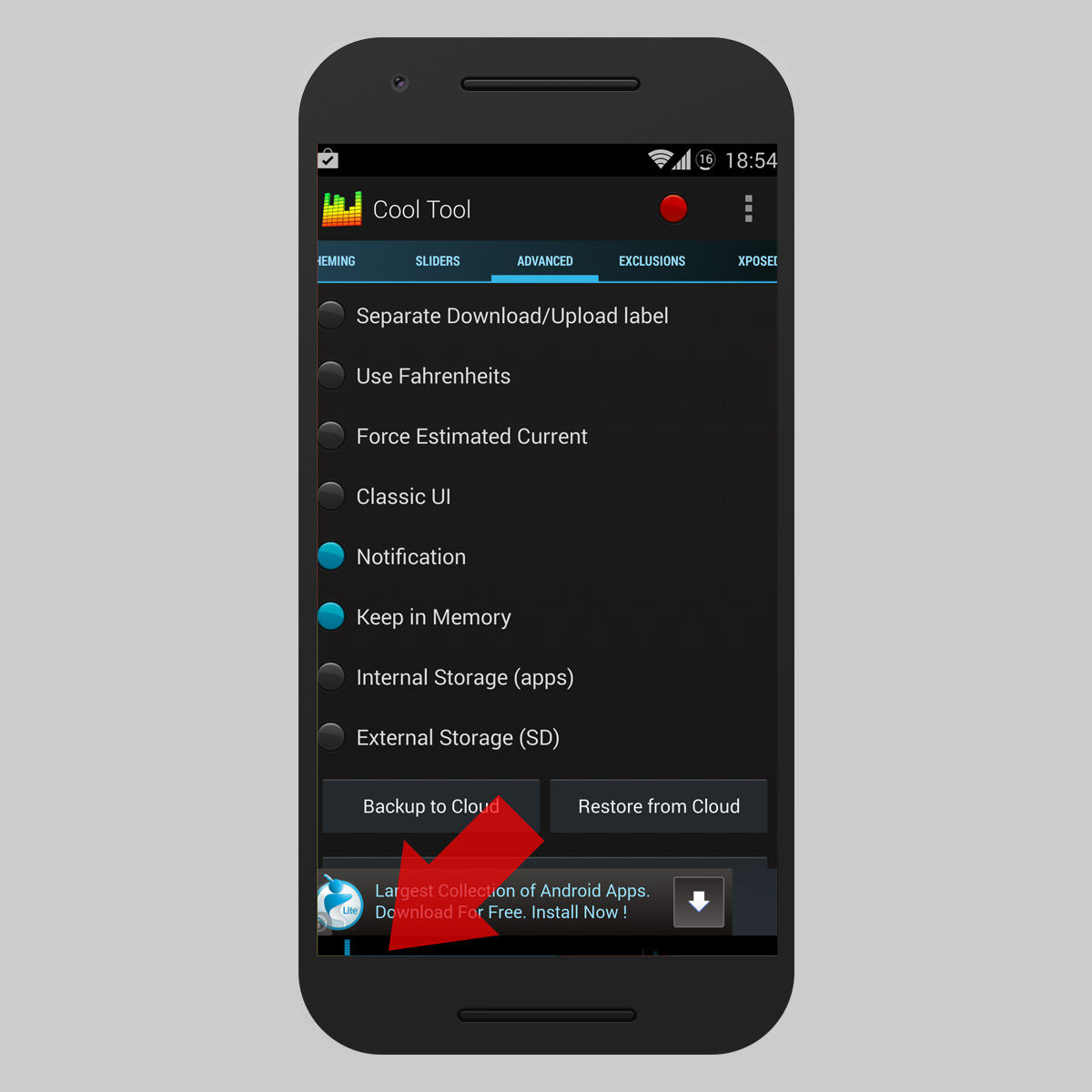
Solution #2:
If it is running high, run LagFix, an app that scans your device storage, grabs the info and sends it the Android system, basically skipping the waiting process.
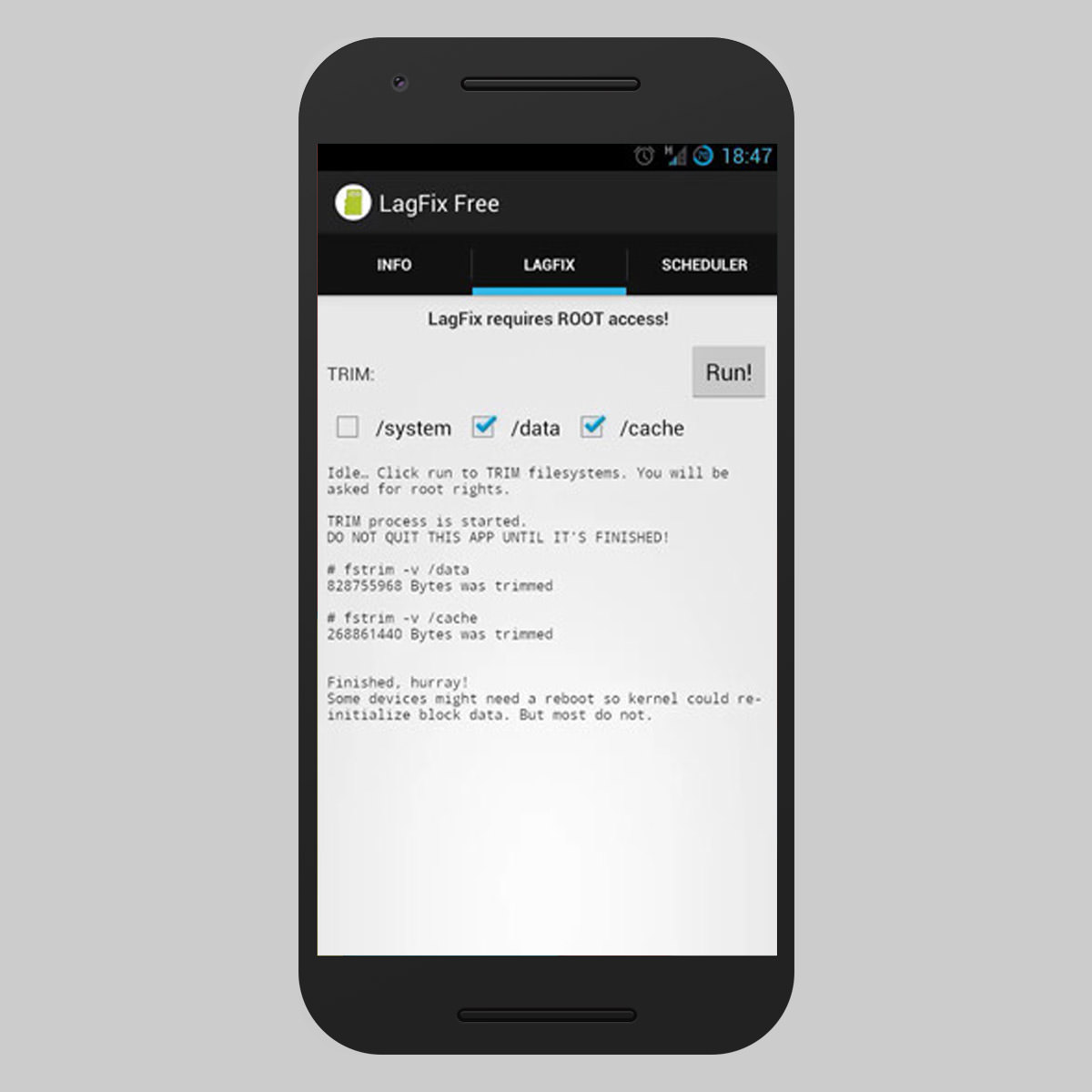
Warning: If you are unable to install LagFix from the Play Store that means your device is not compatible as it does not support TRIM command. Proceeding to install it may lead to a bricked device.
5. Optimize for gaming
Probable cause:
If you game a lot with your Android device and are experiencing lag during a gaming session, this is because of services and apps running in the background and eating up your device’s memory. There are two ways you can optimize the memory device for a better gaming session.
you can use Want a more feature-packed app to optimize your RAM? Try AutoKiller Memory Optimizer.
Solution #1:
Game Booster helps to stop unnecessary background services and apps to release some free RAM for your game performance instead. With Game Booster installed, tap on the ‘+’ button, choose the game you wish to boost and then tap on it.
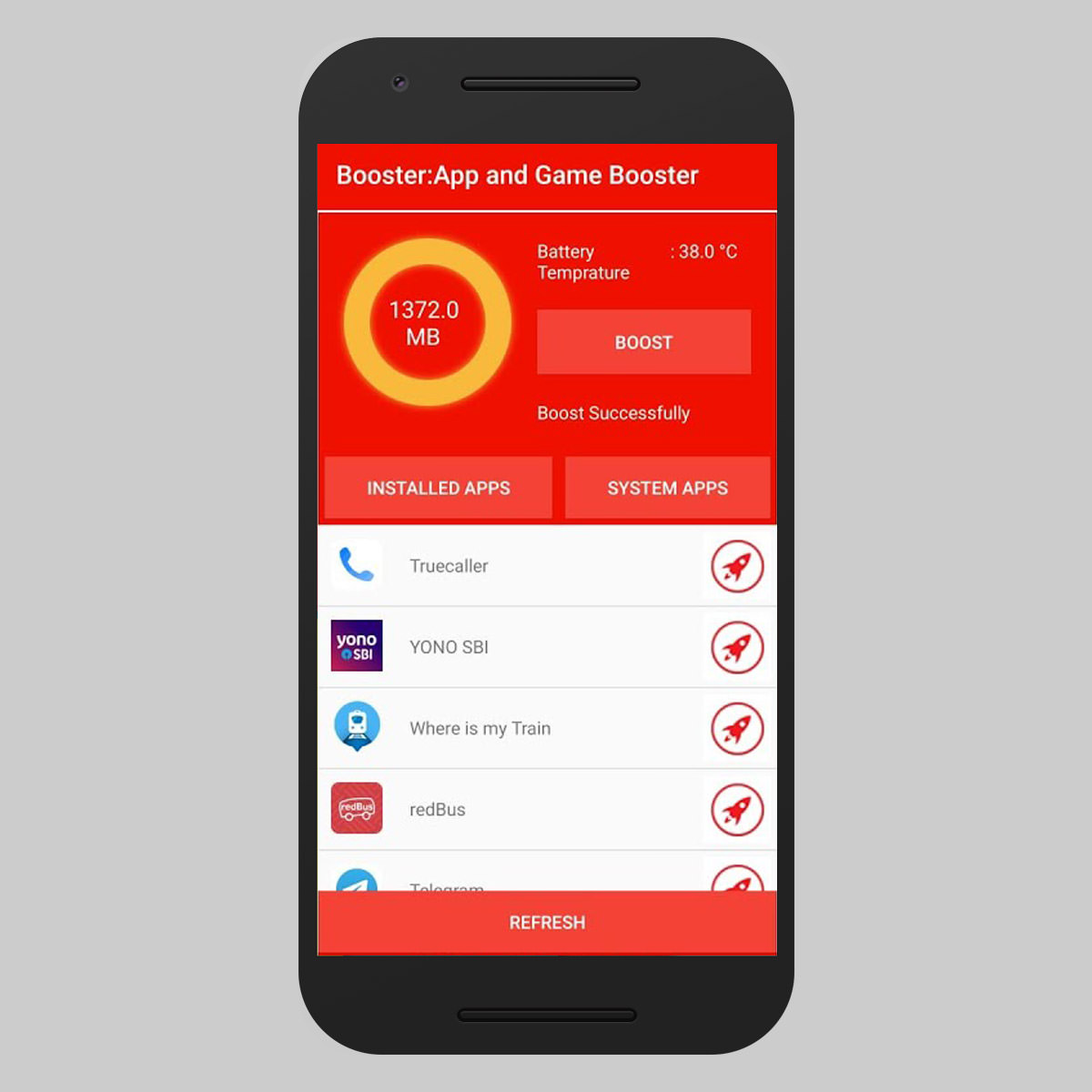
You will return to the main page and see your game on the list. Tap on it again and it will automatically free your device memory and launch the game for you.
Solution #2:
AutoKiller Memory Optimizer comes with 7 presets that contain different minfree values of hidden apps, content provider and empty apps. The greater the value, the more apps will automatically be killed by AutoKiller.
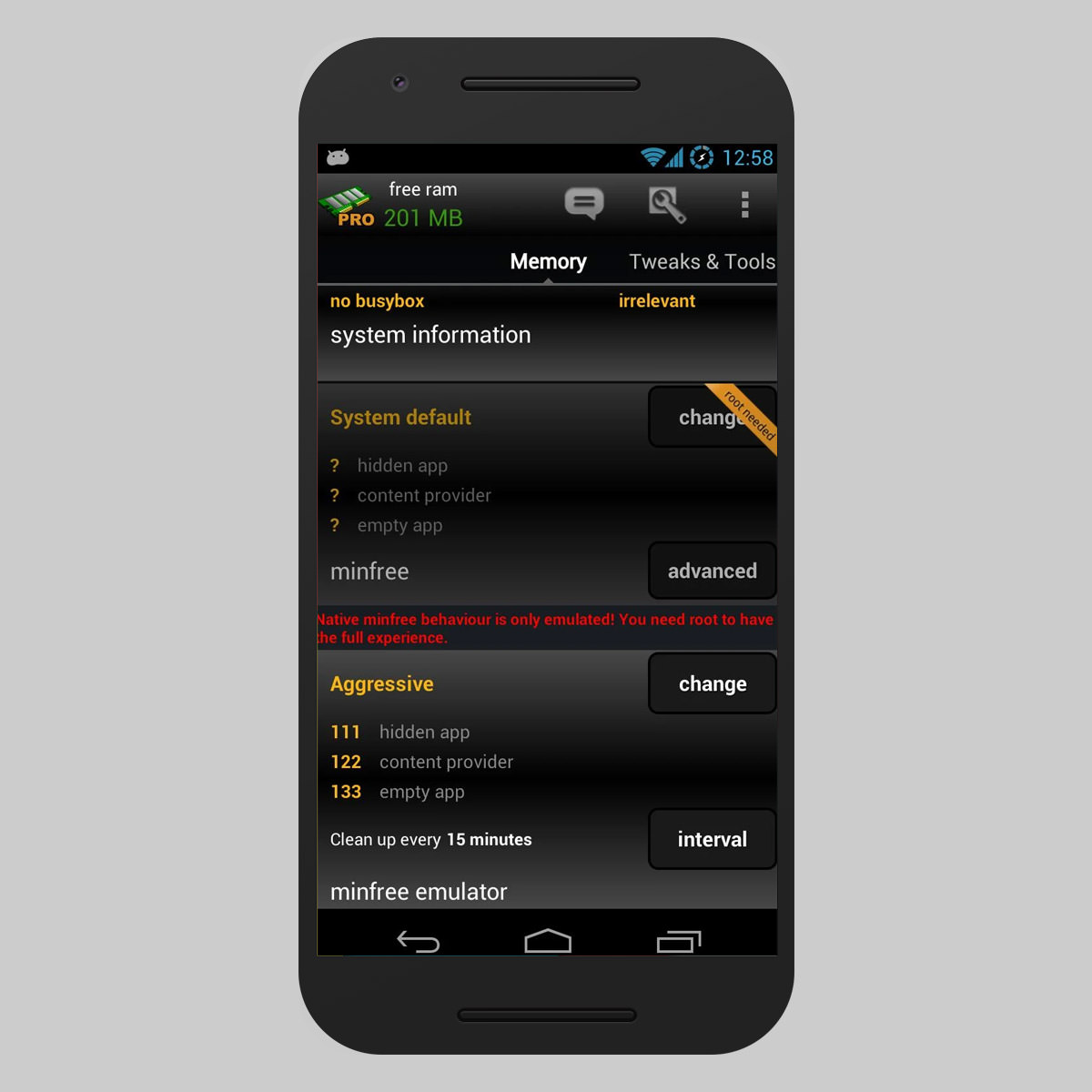
Without Root, all you have is an emulation of these presets so this app works better on Root-enable devices. Try the presets that you feel are best for your device, or manually add the values yourself (do be careful with the values you add, if you don’t want random forced closures on your apps).
For advance users, you may want to enable 10/10 kernel tweaks at the Settings page to further optimize your device.